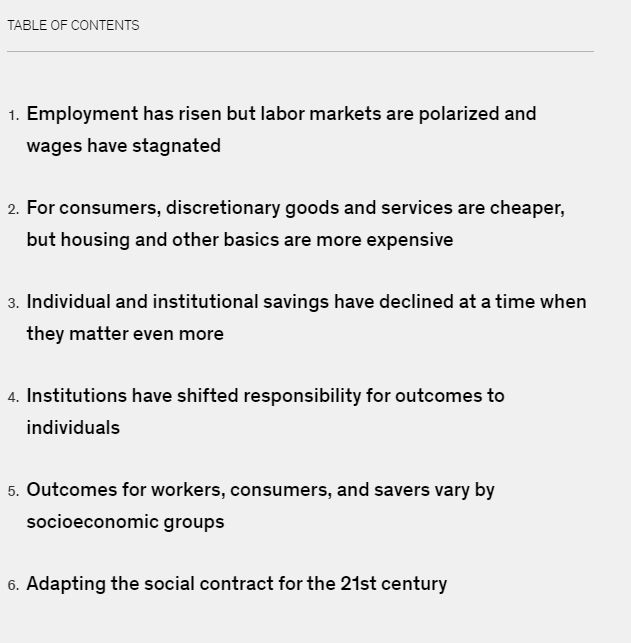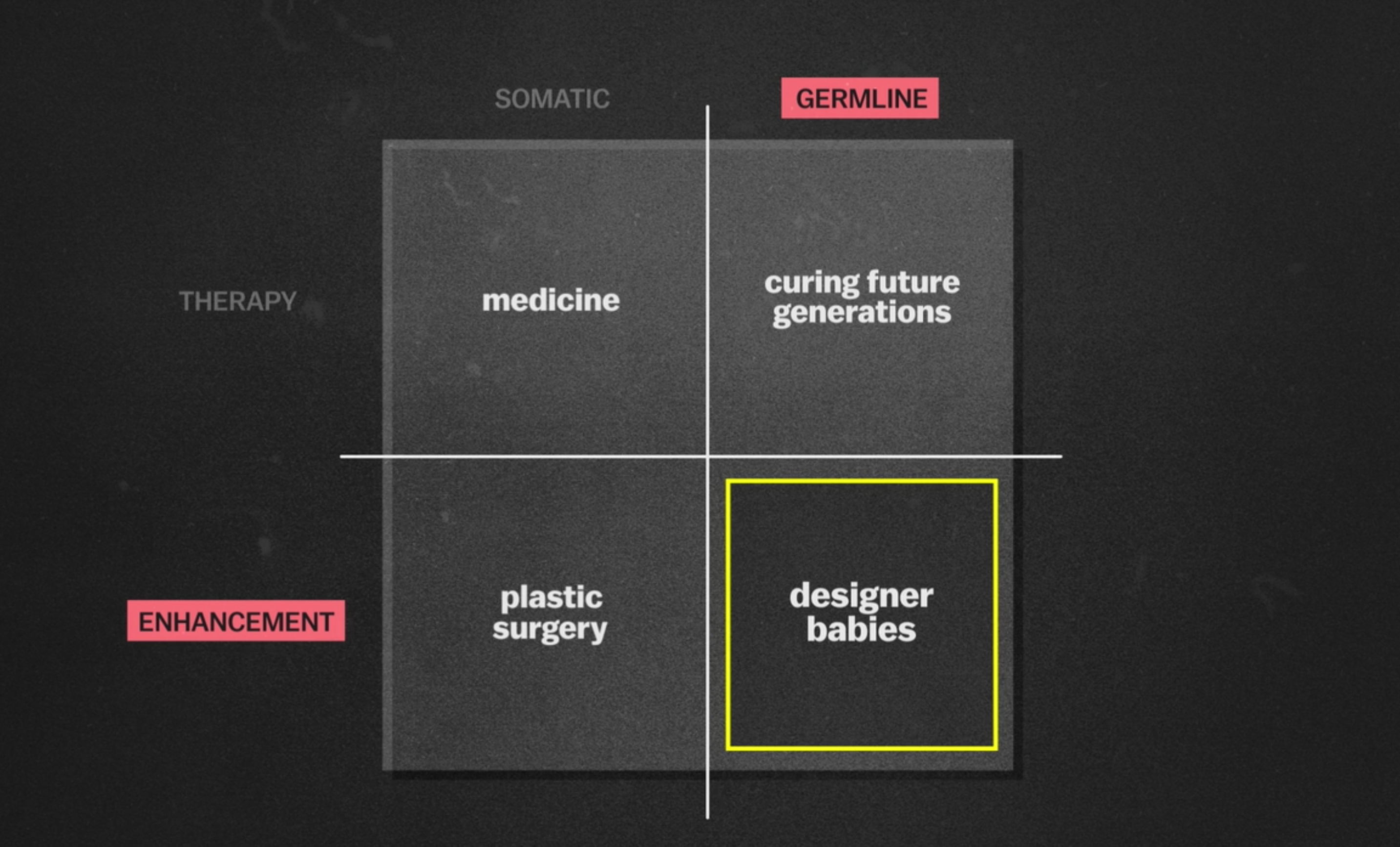The emergence of creative class (bobos) has broken the old structures of rich, middle and poor but has lead to a new map of class structure. Pretty good article from David Brooks in The Atlantic called “How the bobos broke America: The creative class was supposed to foster progressive values and economic growth. Instead we got resentment, alienation, and endless political dysfunction”.
The article also talks about failings of modern meritocracy.. Another topic in itself.
Read more of this article here: [The Link]
From the article, below is a summary of the current state of groups, more structured around political orientation.
Blue oligarchy: tech and media executives, university presidents, foundation heads, banking CEOs, highly successful doctors and lawyers.
One step down from the blue oligarchy is the creative class (bobos) itself, a broader leadership class of tenured faculty, established members of the mainstream media, urban and suburban lawyers, senior nonprofit and cultural-institution employees, and corporate managers, whose attitudes largely mirror the blue oligarchs above them, notwithstanding the petty resentments of the former toward the latter
One economic rung below are the younger versions of the educated elite, many of whom live in the newly gentrifying areas of urban America, such as Bedford-Stuyvesant in New York or Shaw in Washington, D.C. More diverse than the elites of earlier generations, they work in the lower rungs of media, education, technology, and the nonprofit sector. Disgusted with how their elders have screwed up the world, they are leading a revolution in moral sentiments.
On the lowest rung of the blue ladder is the caring class, the largest in America (nearly half of all workers, by some measures), and one that in most respects sits quite far from the three above it. It consists of low-paid members of the service sector: manicurists, home health-care workers, restaurant servers, sales clerks, hotel employees.
Red hierarchy is the GOP’s slice of the one-percenters. Some are corporate executives or entrepreneurs, but many are top-tier doctors, lawyers, and other professionals who aspire to low taxes and other libertarian ideals.
One step down are the large property-owning families, scattered among small cities and towns like Wichita, Kansas, and Grand Rapids, Michigan—what we might call the GOP gentry.
Below them is the proletarian aristocracy, the people of the populist regatta: contractors, plumbers, electricians, middle managers, and small-business owners.
A level below the people of the populist regatta, you find the rural working class. Members of this class have highly supervised jobs in manufacturing, transportation, construction. Their jobs tend to be repetitive and may involve some physical danger.


